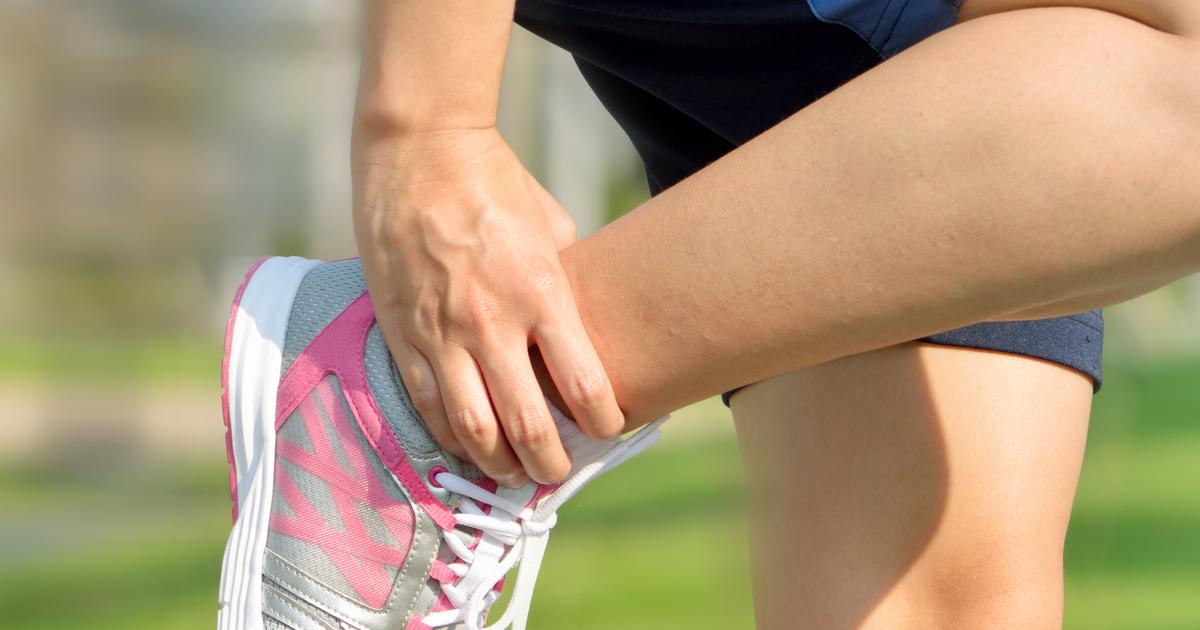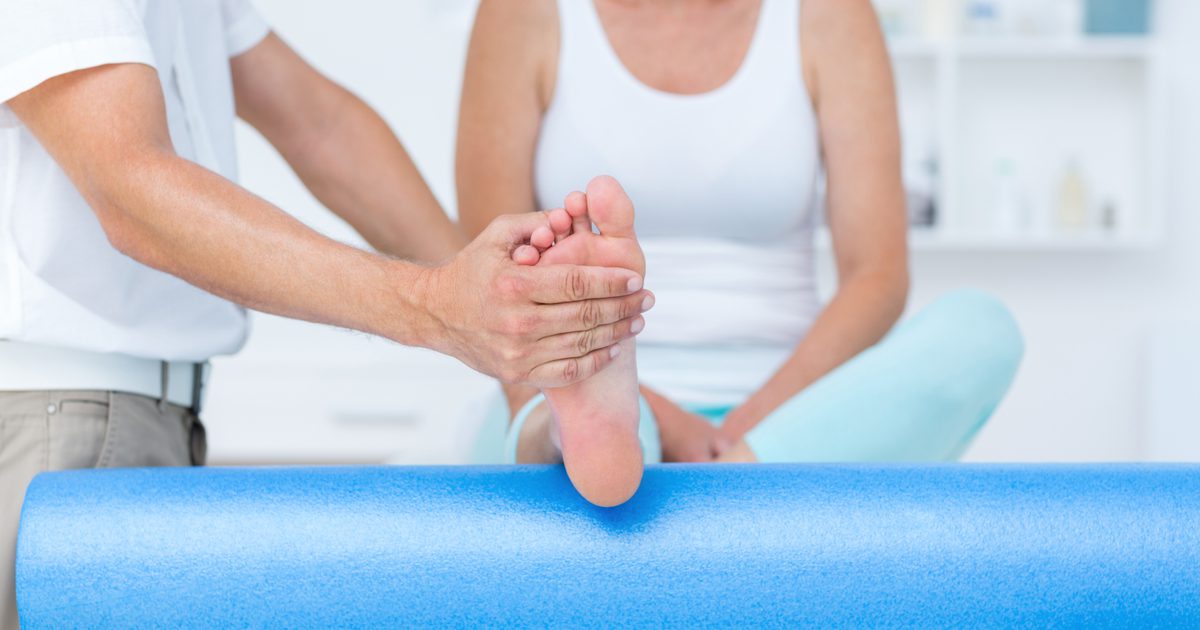Common Causes And Risk Factors Of A Heel Spur
A heel spur occurs when a calcium deposit leads to a bony protrusion underneath the heel bone, and they can extend up to a half-inch in length. If there isn't a visible heel spur on the X-ray, doctors may diagnose it as 'heel spur syndrome.' A syndrome is a collection of symptoms without a defined cause. Heel spur syndrome has all the same symptoms as a heel spur, but it lacks the physical evidence that comes with an X-ray. There is a variety of heel spur treatments, though the best one for a patient depends on the severity and duration of symptoms.
Foot Muscle And Ligament Strains

It's common for foot muscle and ligament strains to be responsible for the calcium deposits, which we know result in heel spurs when they build up over months. Athletes who do a lot of jumping and running are more likely to develop heel spurs. Strains occur when a tendon or muscle becomes stretched or torn, causing pain and possible inflammation. The location of the pain depends on the location of the injury. Severity can vary widely, and a badly torn muscle or tendon will cause more severe pain than a mildly stretched one.
Sprains occur when a ligament becomes stretched or torn. The most common type of sprain is an ankle sprain, which occurs when the ligaments throughout the ankle become injured. It's important to note the same types of injuries can cause both sprains and broken ankles. Because of this, if individuals think they've sprained an ankle, they should see a doctor to rule out broken bones. The best way to care for a strain is by resting the affected part of the body.
Stretching The Plantar Fascia

Stretching the plantar fascia can cause a heel spur to develop, especially if the stretch causes injury. If the plantar fascia becomes inflamed, an individual's likelihood of developing heel spurs becomes much higher. With that said, if an individual already has plantar fasciitis, there are stretches they can do to help relieve pain and inflammation. Patients concerned about their pain should consult a doctor to make sure there isn't a more serious underlying cause. It also helps to double-check exercises and stretches with a doctor.
Everyone has different physical makeups and health conditions, so the stretches that help one person might harm another. Stretching the calves can help relieve plantar fasciitis pain. To try this, individuals should stand at arm's length from the wall and press their hands against the wall. They should then move one foot behind the other, then gently bend their legs until they feel a stretch. They must switch the leg in front to stretch both legs. Individuals can also sit on a chair and move their foot back and forth over a foam roller, which stretches their plantar fascia.
